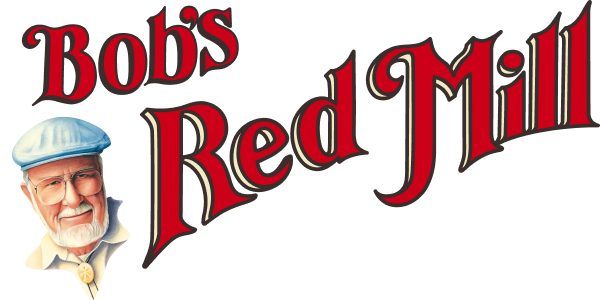
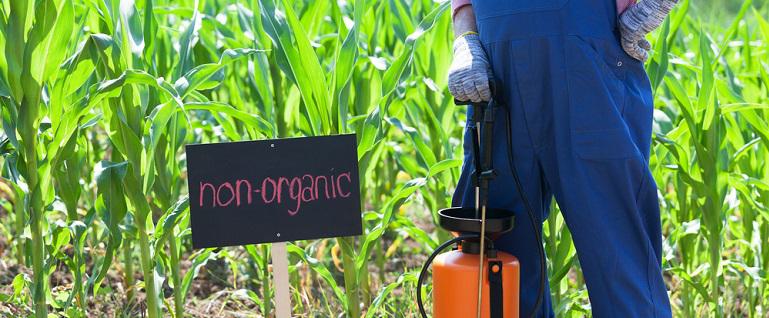
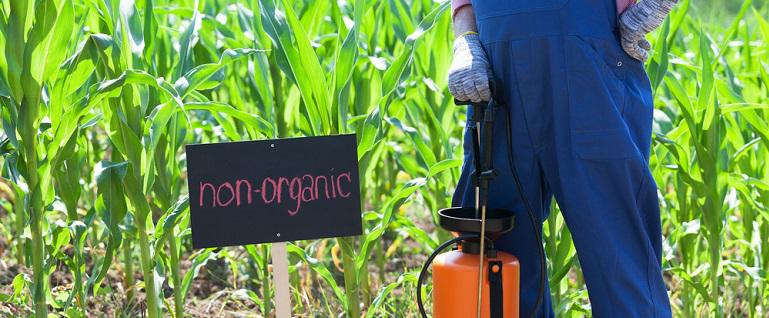
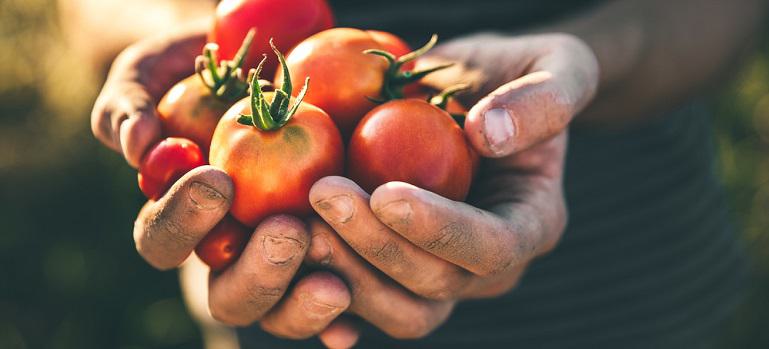 The USDA actually allows four different labels for organic foods. 100% Organic means exactly that. There is nothing in the ingredients or in the production of the product that is not organic, and there are no GMOs present in the product. The next label down is Organic, which means 95% of the product is certified as organic, with no GMOs. The next label down from that is Made with Organic, which requires 70% of the product ingredients to be certified as organic. However, the product cannot have an organic seal. Despite the differences, all three of these labels are required by the USDA to use ingredients they have listed as allowed in certified organic foods. The final label is Organic Ingredients. The seal is not allowed for this label either, and the difference between this label and the other three is that they dont have to comply with the list of allowed ingredients by the USDA; they may have GMOs, and they arent required to have any set percentage of certified organic ingredients to get this label.
The USDA actually allows four different labels for organic foods. 100% Organic means exactly that. There is nothing in the ingredients or in the production of the product that is not organic, and there are no GMOs present in the product. The next label down is Organic, which means 95% of the product is certified as organic, with no GMOs. The next label down from that is Made with Organic, which requires 70% of the product ingredients to be certified as organic. However, the product cannot have an organic seal. Despite the differences, all three of these labels are required by the USDA to use ingredients they have listed as allowed in certified organic foods. The final label is Organic Ingredients. The seal is not allowed for this label either, and the difference between this label and the other three is that they dont have to comply with the list of allowed ingredients by the USDA; they may have GMOs, and they arent required to have any set percentage of certified organic ingredients to get this label.
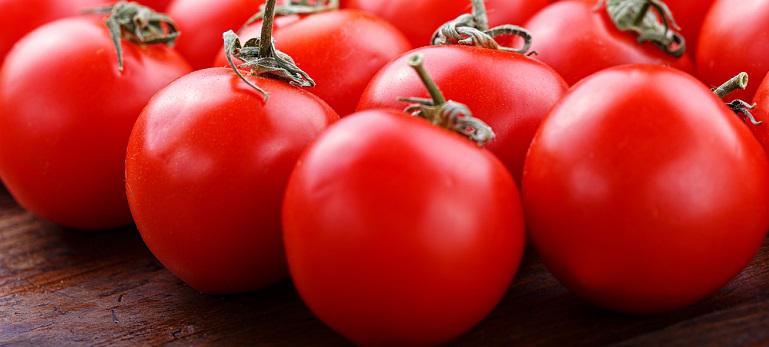 Non-organic is essentially the opposite of all of the above. Non-organic food may be produced using farming practices that are not organic, including using chemical fertilizers and insecticide to encourage plants to grow and limit disease and pests. Chemical herbicides may be used to control weeds, and in the case of livestock, animals may be given growth hormones to encourage growth or antibiotics and other medications to fight disease. However, it should be noted that sometimes, non-organic farmers also use some organic farming practices. Which essentially means it can be tough to know what youre actually getting unless the food is stamped with a USDA certified organic label.
Non-organic is essentially the opposite of all of the above. Non-organic food may be produced using farming practices that are not organic, including using chemical fertilizers and insecticide to encourage plants to grow and limit disease and pests. Chemical herbicides may be used to control weeds, and in the case of livestock, animals may be given growth hormones to encourage growth or antibiotics and other medications to fight disease. However, it should be noted that sometimes, non-organic farmers also use some organic farming practices. Which essentially means it can be tough to know what youre actually getting unless the food is stamped with a USDA certified organic label.
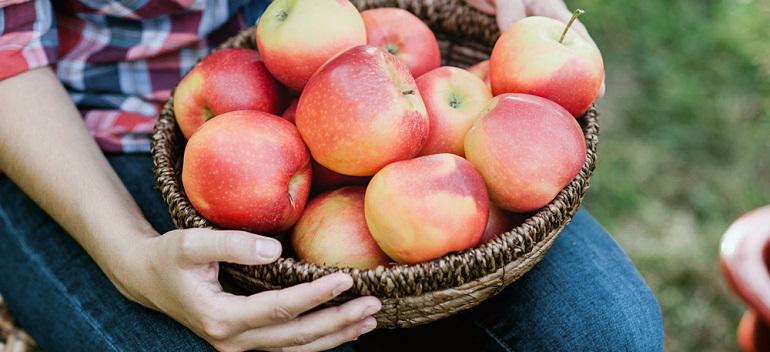 While the biggest difference is in how the food is produced and which processes are used, there are also some who feel there is a difference in the way organic food looks compared to non-organic food, as well as whether or not the nutritional value is increased or decreased in one food over the other. There are varying theories on the aesthetics issue, but really, as long as it tastes good and is nutritious, does it matter if one apple is prettier than another? There are also varying opinions on whether there are any major nutritional differences between organic and non-organic food.
While the biggest difference is in how the food is produced and which processes are used, there are also some who feel there is a difference in the way organic food looks compared to non-organic food, as well as whether or not the nutritional value is increased or decreased in one food over the other. There are varying theories on the aesthetics issue, but really, as long as it tastes good and is nutritious, does it matter if one apple is prettier than another? There are also varying opinions on whether there are any major nutritional differences between organic and non-organic food.
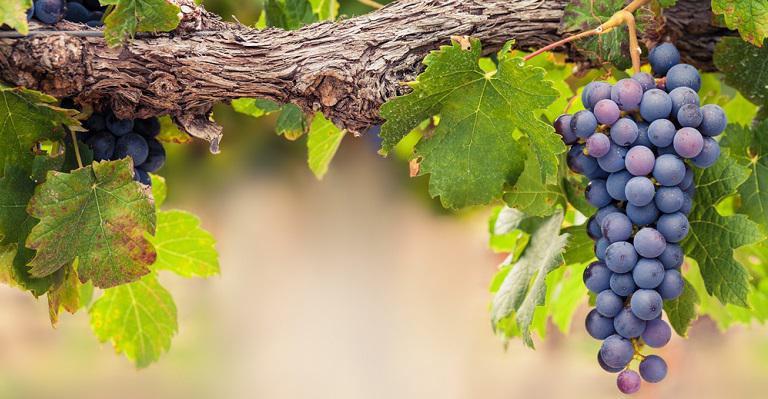 It can be tough to always buy organic, especially if you are on a tight budget. However, there are a handful of foods, called the Dirty Dozen, that are considered to be at the highest risk of contamination with pesticides, that you should consider buying organic whenever possible. Keep in mind the list sometimes changes so these suggestions are a rough guide.
It can be tough to always buy organic, especially if you are on a tight budget. However, there are a handful of foods, called the Dirty Dozen, that are considered to be at the highest risk of contamination with pesticides, that you should consider buying organic whenever possible. Keep in mind the list sometimes changes so these suggestions are a rough guide.